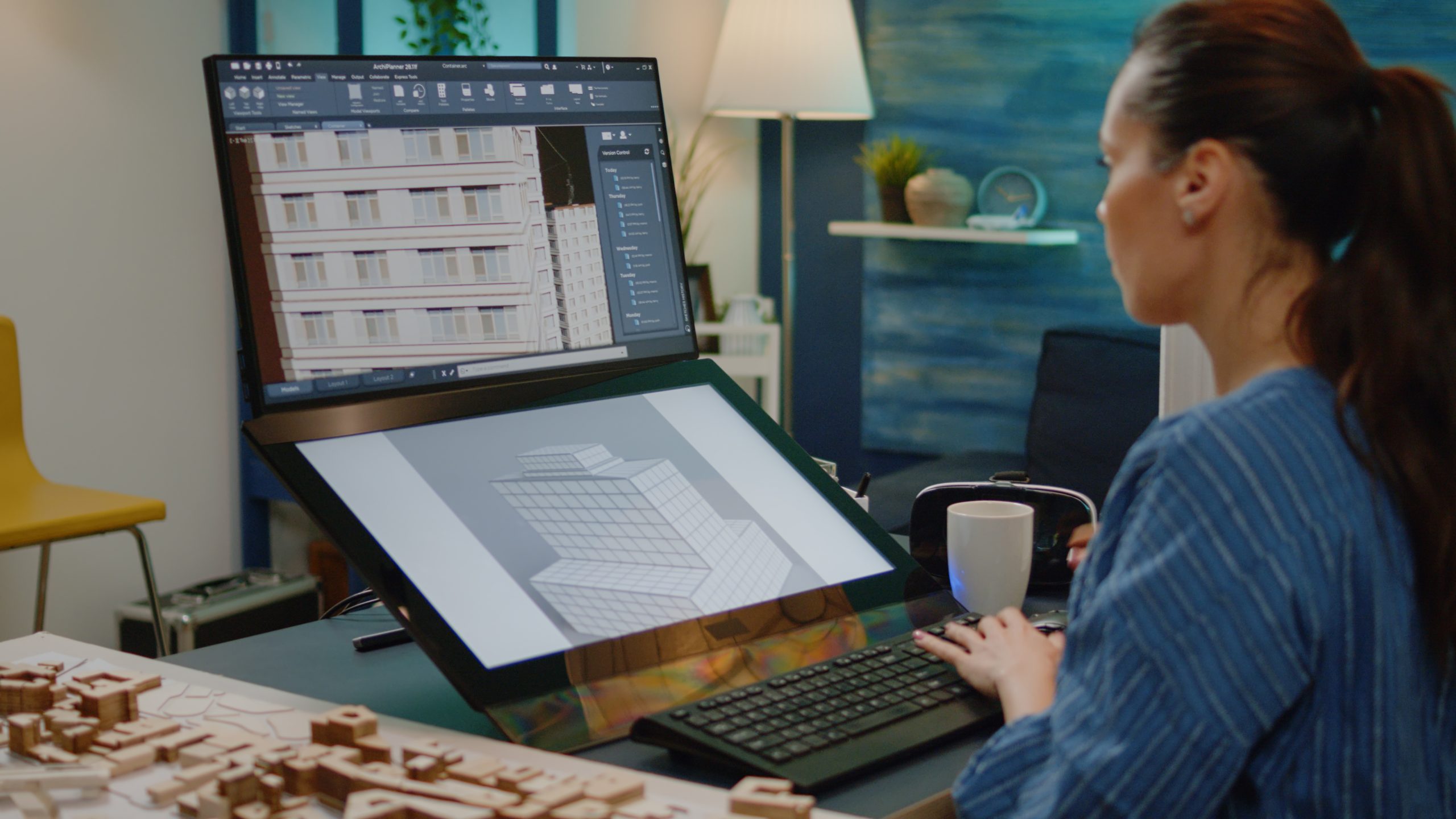
How to Become a CAD Designer?
Becoming a CAD designer is a great option for everyone with a passion for technology, design, and problem-solving. This role plays a key role in many industries, from architecture to manufacturing. So, if you’ve ever wondered how to get into CAD design, you’re in the right place.
What Does a CAD Designer Do?
Before delving into how to become a CAD designer, let’s explore what this role actually entails. CAD designers are responsible for creating detailed 2D and 3D models of various products, structures, or components using specialized software. These models can be used for product design, simulations, construction planning, and even manufacturing. This means CAD designers need to work closely with engineers, architects, or manufacturers to ensure that all the designs are accurate and feasible.
How to Get into CAD Design?
If you're wondering how to get into CAD design, there are a few aspects you should consider:
Educational Background
While some CAD designers enter the field with a high school diploma, most pursue higher education to gain a stronger foundation in design principles. Many CAD designers have an associate’s or bachelor’s degree in fields like drafting, engineering, architecture, or industrial design. These programs provide a well-rounded education in both design theory and the technical skills required to use CAD software effectively.
Consider enrolling in a dedicated CAD course or degree program to gain hands-on experience with the software and learn the basics of design principles, geometry, and engineering standards.
Developing Key Skills
Regardless of the degree you pursue, developing the right skills is crucial for success as a CAD designer. For this purpose, you need:
- Proficiency in CAD software – whether it’s AutoCAD, SolidWorks, Alcad, or other tool, understanding how to use CAD tools effectively is central to your work.
- Attention to detail – CAD design requires precision, as even the smallest error in measurements can lead to significant issues down the line.
- Problem-solving – designers are tasked with finding creative solutions to engineering problems, considering factors like functionality, cost, and manufacturing capabilities.
- Communication skills – since CAD designers work with other engineers, architects, and clients, it’s essential to communicate ideas clearly and ensure that designs align with the project’s goals.
Gaining Practical Experience
Like any other career, experience is crucial when it comes to how to get into CAD design. Internships, apprenticeships, or entry-level positions in design firms or manufacturing companies offer invaluable opportunities to hone your skills in real-world scenarios. Even volunteering for small projects or freelance work can provide the experience you need to build a portfolio and make your resume stand out.
Many CAD designers start with simpler tasks, such as creating basic 2D drawings or assisting with 3D modeling, and gradually take on more complex assignments. The more experience you gain, the more confidence you’ll have to tackle complex projects and work independently.
How to Become a CAD Design Engineer?
For those who aspire to become more specialized in the field, advancing to a CAD design engineer position is a natural progression. While both roles involve working with CAD software, a CAD design engineer typically has more technical responsibilities and works closely with engineers and product developers.
Further Education and Specialization
If you’re considering becoming a CAD design engineer, it’s helpful to pursue additional studies in a specific area, such as mechanical engineering, civil engineering, or electrical engineering. Specializing in a certain field will deepen your understanding of the design process, materials, and manufacturing methods relevant to that industry.
Some CAD designers opt for certifications in specific engineering disciplines or advanced CAD software, which can increase their value in the job market. A CAD design engineer needs to not only be proficient in CAD tools but also have a solid understanding of the principles of engineering and design optimization. To learn more about CAD certification, read our article.
Developing Engineering Skills
As a CAD design engineer, you’ll be tasked with more than just creating 3D models. You’ll also need to understand factors like structural integrity, material selection, and mechanical forces. It’s important to have a deeper understanding of how products or structures are manufactured and how designs will function in the real world. You’ll also be involved in problem-solving at a higher level, ensuring that designs are not only functional but also efficient and cost-effective.
Building a Strong Portfolio
How to become a CAD design engineer? As you progress in your career, building a portfolio of your work is vital. Your portfolio should showcase a variety of projects, highlighting your range and expertise. For a CAD design engineer, this may include more advanced projects where you’ve applied your engineering knowledge to solve complex design challenges.
The Takeaway
Becoming a CAD designer is an exciting and rewarding career choice, offering plenty of opportunities for growth and advancement.
With the right skills, education, and experience, you can build a successful career in this dynamic and in-demand field. So, take the first step today: whether it’s enrolling in a CAD course or securing your first design internship, and start your path to becoming a CAD designer.
